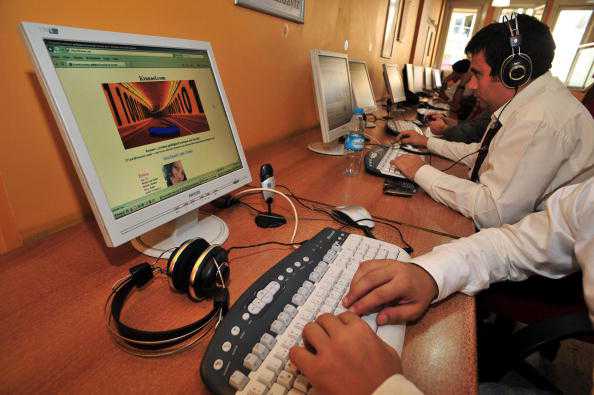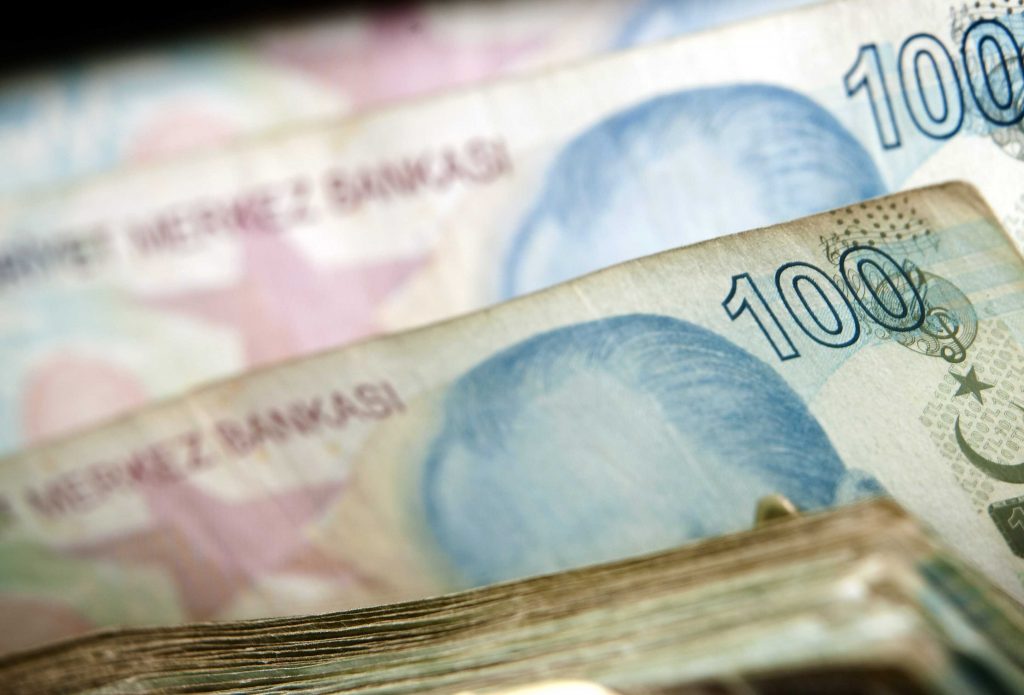| But in the hands of Sebah & Joaillier lay a critical mass of visuals that illuminated 100 years worth of history having to do with Turkey. This private photography collection went first to the Archaeology Museum, or rather the Turkish Ministry of Culture. A council was formed, and for three months the photographs in this archive were carefully examined, while a sum of what amounted to TL 3 million (at the time) was set aside as payment. In the end however, no payment was forthcoming from the Ministry of Culture. Little by little, the situation began to be discussed in the local art and culture community, and it was at this point that the German Archaeological Institute stepped forward with an offer of TL 49 million to the family that owned these archives. And thus on the evening of that day, the archives were moved to the buildings that house the institute. In the meantime, years passed, and a rush towards restoration of historic buildings began in Turkey. Especially in light of İstanbul being selected as a 2010 European Capital of Culture, there was a renewed effort to see everything from small and large mosques to old wooden homes and many other historic structures renovated and restored. But of course, the architects and cultural historians working on these restorations had a great need for information and visuals regarding the original state of all these structures. It was at this critical juncture that the institute stepped in, coming to the rescue of researchers with its archives.
And so, the archives, which at one time the Ministry of Culture was unwilling to pay for, have nowadays become priceless. In fact, the institute has a very wide visual archive that is made up of photographs collected from not only its own archaeologists and academics, but also from various world collections. All of which is why the stream of visitors over the past decade to the institute’s historic stone building in Beyoğlu has simply not slowed down.
Turkish frescoer Kaya Uçer, who restored the frescoes that decorate the historic Piyale Pasha Mosque, got hold of the visual representations of this mosque, which helped him in this project, from the institute. Üçer notes that everyone who works in this arena must absolutely make at least one trip to the institute. He says part of what makes the institute’s role so critical is that it has carefully organized the photographs in its archives, ensuring that people can find the photographs they need in a short time. The photographs are organized according to topics and geographic regions.
Actually, there are also the famous Yıldız Albums at Istanbul University, albums that Sultan Abdulhamit shot that document the cultural and historical wealth of the 19th century Ottoman Empire. However, these photographs are now located at both İstanbul University and the Süleymaniye Library and have not been organized; thus, researchers have a very difficult time using them as a resource. Üçer notes that even now, hundreds of important documents and glass negatives are just sitting in the depots of both the Museum of Turkish and Islamic Arts and the Süleymaniye Library. And while one section of the images from the Yıldız Albums has been organized, and a copy is available at IRCICA (Research Center for Islamic History, Art and Culture), the price tag for these visual images is even higher than that demanded by the institute. (IRCICA asks $150 per photograph, while the institute asks for 50 euros, or a reduced 15-20 euros for academics.) All of which is why researchers, architects and academics tend to prefer the institute.
Books printed by the first printing press are here too
Institute Director Professor Felix Pirson notes that the photograph collection at the institute is the archive of Turkey and İstanbul’s architectural legacy. He also points out that the libraries at the institute are Turkey’s most comprehensive archaeological library. Some of the more notable books included in this library are 14 of the 17 books printed in the first Ottoman printing house. Printed by İbrahim Müteferrika, most of these books are the only known copies in Turkey. Other noteworthy books in this library are books by German travel writers, boasting abundant maps and engravings.
The İstanbul branch of the institute was founded in 1929. Used as an office by archaeologists, Orientalists and historians who visited İstanbul and Anatolia, the institute over time managed to collect many resources concerning the various cultures that flourished in the Ottoman Empire. Those not taken back to Germany thus remained at the institute. Pirson asserts that everyone can make use of the library and extensive photography archives at the institute. Scientists and students working on their doctorates may even spend the night here, as there are five guest rooms.
‘As we lack cultural policies, we learn our own heritage from foreigners’
Cultural historian Süleyman Faruk Göncüoğlu says: “As Turkey has no cultural policies of its own, we have never taken action on our own culture. But when the restorations began and there arose a need for documents, then the big mistake we made became clear because the Prime Ministerial archives contain only documents. There are no photographs, no ephemera (articles from daily life, diplomas, newspapers, brochures, letters, business cards, postcards, invitations, etc.) in those archives. But the truth is, for cultural and art historians, as well as for restoration efforts, there is a need for these types of documents. And the power that foreigners seem to have in opining on Ottoman cultural history derives from these types of documents. There have been many collections such as these put up for sale in İstanbul, but all of them were bought by foreign institutes. As for our foundations and institutes, none of which go any further than the signs hung over their doors, they never did anything to back these inventories of documents. And so now the ministries, foundations and various institutes in Turkey need to go to the door of places like the German Archeological Institute for their work.”
Archeologists no longer dig to gather items for museums
Travel writers curious about the Ottomans were some of the first to travel to Anatolia. These travel writers from the West first observed and wrote about the structures above the ground, as well as the lives of those around them, and it was after this that archeologists came to look at the traces of architecture left underground in Anatolia. Not only did they come to see, but they also took back home with them what they could. Pirson notes that the aim of much 19th century archaeological work was to procure materials for various museums around the world. He says: “We see this not only in Western Europe, but everywhere in the world. We even see it in the İstanbul museums.” However, Pirson points out the general direction taken by archaeology has changed, and digs no longer are undertaken with the goal of procuring museum items, but rather simply for knowledge. After a dig takes place nowadays, the items found are generally displayed in regional museums. Pirson, who heads up the digs at the Bergama site – -now ongoing for 130 years – – points to the uncovered tower that has been restored and turned into a museum. The German Archaeological Institute backs digs not only in Bergama, but also at Çorum’s Hattuşaş, Urfa’s Göbeklitaş, Milet, Didim and Söke. |





